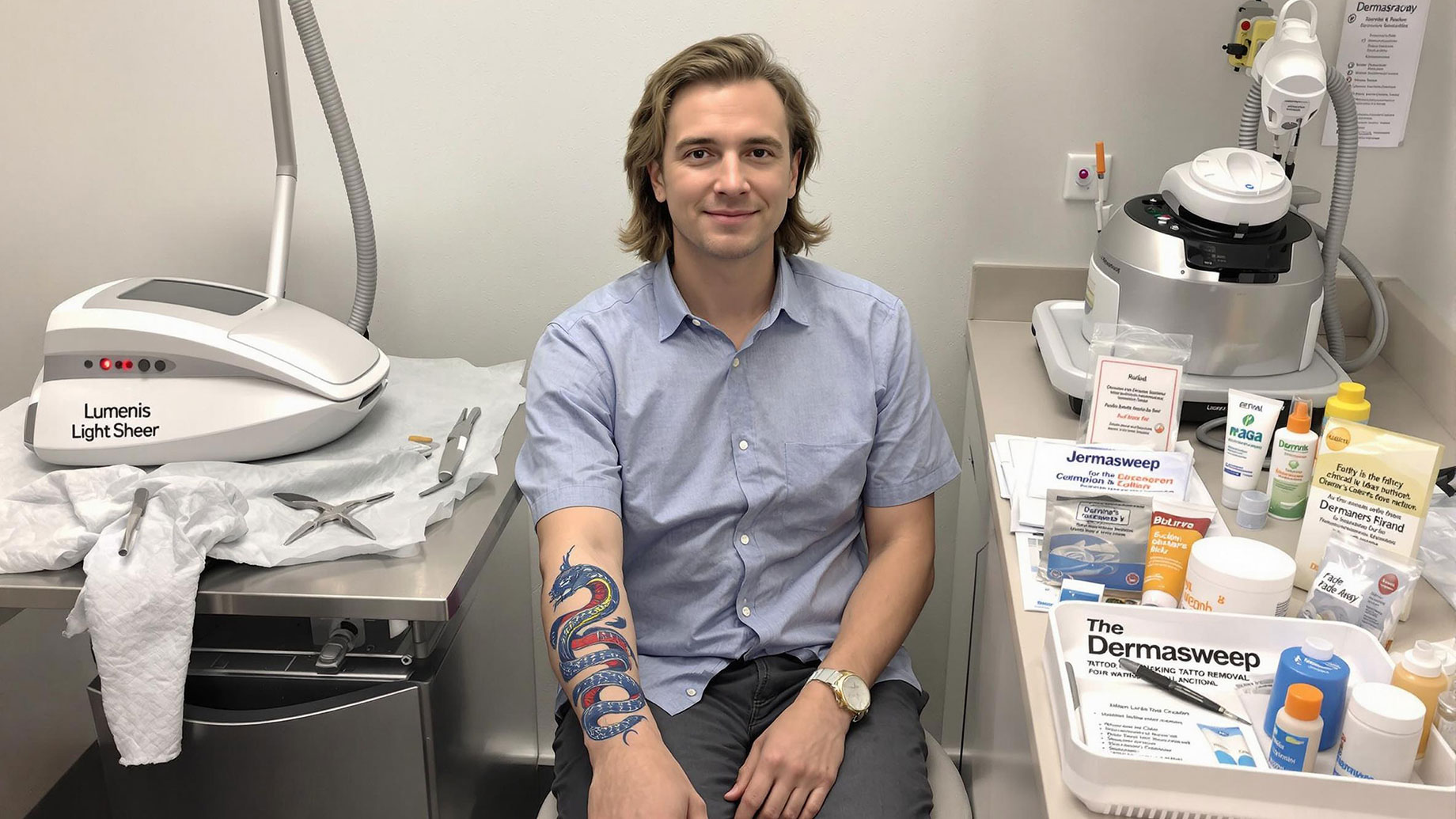
Tattoos can be beautiful expressions of art and personal identity, but sometimes, what once seemed like a good idea might not align with your current self. Whether it’s a change of heart, a career move, or a poorly executed design, the desire to remove unwanted ink is common. With advancements in technology and techniques, saying goodbye to an old tattoo is more achievable than ever. Here, we explore five effective ways to remove tattoos, helping you make an informed decision.
Laser Tattoo Removal
Laser tattoo removal is the most popular and effective method of removing unwanted ink. This technique uses high-intensity laser beams to break down the ink particles in your skin. Over a series of sessions, these particles are gradually absorbed by the body’s immune system, leading to the fading and eventual disappearance of the tattoo.
How It Works
Laser tattoo removal works by targeting specific colors in the tattoo with light beams. Different wavelengths are used for different ink colors. The energy of the laser causes the ink to fragment, and your body’s natural processes remove the debris over time.
What to Expect
A typical session lasts between 15 to 30 minutes, and several sessions are usually required, spaced about 6 to 8 weeks apart. The number of sessions depends on factors like the size, color, and age of the tattoo. After each session, you might experience some redness, swelling, or blistering, which typically subsides within a few days.
Considerations
When considering laser tattoo removal, it’s crucial to choose a reputable clinic with experienced professionals. Calgary, AB laser tattoo removal specialists can provide consultations and treatment options tailored to your needs.
Surgical Excision
Surgical excision is another method used to remove tattoos, especially small ones. This procedure involves cutting out the tattooed skin and stitching the remaining skin back together. It’s a more invasive option but can be effective for removing small tattoos in a single session.
How It Works
Under local anesthesia, a surgeon removes the skin with the tattoo and closes the wound with stitches. The procedure is relatively quick but may leave a scar in place of the tattoo.
What to Expect
This method is ideal for small tattoos, as larger ones would require more extensive surgery and potentially more noticeable scarring. Recovery time can vary, but most people resume normal activities within a week or two. Scar management is important post-surgery to minimize its appearance.
Dermabrasion
Dermabrasion is a less common method and involves using a rotating device to sand down the upper layers of the skin. This method can be painful and may not be as effective as laser removal, especially for deep or multicolored tattoos.
How It Works
The procedure involves spraying a numbing solution over the tattooed area and then using the abrasive device to remove the upper layers of skin. Over time, new skin will form over the area, reducing the appearance of the tattoo.
What to Expect
Healing from dermabrasion can take several weeks, and the area might remain red and swollen for some time. Multiple sessions may be needed, and there is a risk of scarring or changes in skin texture.
Chemical Peels
Chemical peels involve applying a chemical solution to the skin, causing it to blister and eventually peel off. This method can lighten tattoos but is less precise than laser removal.
How It Works
A chemical solution, often containing acids like trichloroacetic acid (TCA), is applied to the tattooed area. This causes the top layers of skin to peel away over time, taking some of the ink with it.
What to Expect
Chemical peels can be painful and may require several treatments to achieve desired results. There is also a risk of skin irritation and scarring. This method is best suited for small tattoos and those wanting to lighten their tattoos before further treatments.
Tattoo Removal Creams
Tattoo removal creams are widely available but are generally the least effective method for tattoo removal. These creams claim to fade tattoos by bleaching or peeling away the tattooed skin over time.
How It Works
Most creams contain bleaching agents or exfoliants that aim to break down tattoo ink. However, they usually only affect the upper layers of the skin and are unlikely to penetrate deep enough to remove ink effectively.
What to Expect
While creams are the least invasive option, they often produce minimal results and may cause skin irritation or allergic reactions. If you’re considering this option, it’s important to manage expectations and consult with a dermatologist.
Conclusion
Deciding to remove a tattoo is a personal choice and understanding your options is key to making the best decision for your situation. Whether you opt for the precision of laser treatments, the effectiveness of surgical excision, or the convenience of creams, consulting with a professional is essential. Remember, each method has its pros and cons, and the right choice depends on your specific needs and circumstances.